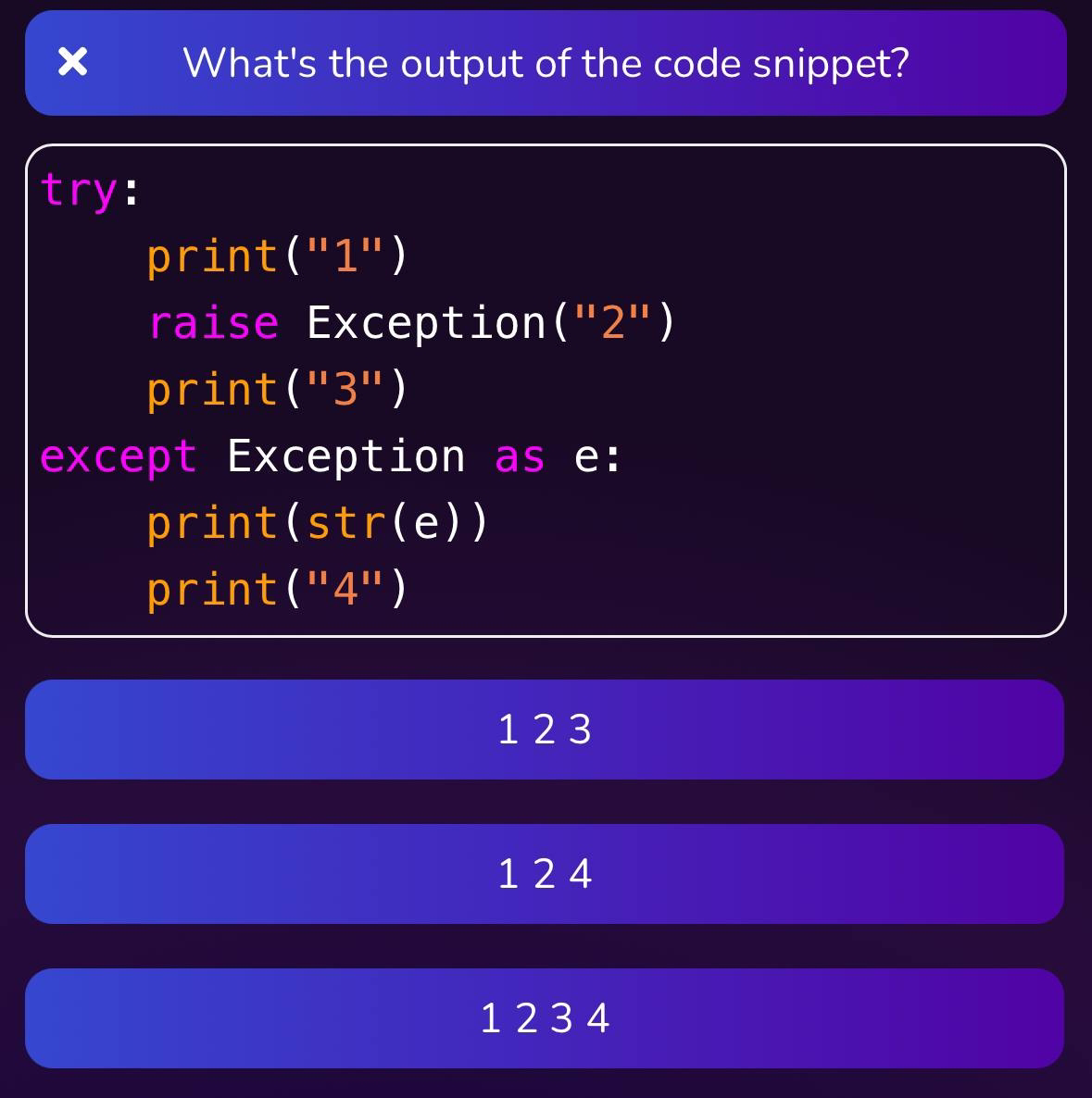Master Data Engineering on Google Cloud with Coursera’s Professional Certificate
In today’s data-driven world, organizations rely on vast amounts of data to make informed decisions, optimize operations, and drive innovation. Data engineers play a critical role in this ecosystem, ensuring that data flows seamlessly across various systems, is processed efficiently, and is made accessible for analysis. If you’re interested in pursuing a career in data engineering, there’s no better way to learn the necessary skills than with the Google cloud professional in Data Engineering on Coursera.
This comprehensive program is designed to teach you the fundamentals of data engineering on Google Cloud Platform (GCP) — one of the world’s leading cloud computing platforms. By the end of the course, you’ll be equipped with the skills to design, build, and maintain robust data systems, making you an essential asset to any organization.
What is Data Engineering?
Before diving into the details of the certification, it’s important to understand what data engineering is. At its core, data engineering involves the process of preparing and managing data for use by others, typically data scientists or business analysts. This includes:
- Building and maintaining data pipelines to collect, clean, and transform data.
- Integrating data from various sources and ensuring that it's accessible for analysis.
- Optimizing databases and data storage solutions to ensure that they’re scalable, reliable, and performant.
- Collaborating with other teams to meet business requirements and support data-driven decision-making.
As businesses generate more data than ever before, data engineers are crucial to making sure that data is available, structured, and ready for use.
Why Google Cloud for Data Engineering?
Google Cloud Platform (GCP) is a powerful suite of cloud services that provides all the tools and infrastructure needed to build and scale data systems. GCP is especially well-known for its machine learning and data analytics capabilities, offering services like BigQuery, Dataflow, and Pub/Sub, which are widely used in the data engineering field.
With GCP, data engineers can:
- Process and analyze large datasets using scalable tools.
- Build efficient data pipelines to automate data processing workflows.
- Ensure data security and compliance through a robust cloud infrastructure.
- Leverage the latest technology like serverless computing, BigQuery (Google’s data warehouse), and real-time analytics.
Learning data engineering on Google Cloud gives you access to some of the most innovative and cutting-edge tools available in the cloud.
What you'll learn
- Identify the purpose and value of the key Big Data and Machine Learning products in Google Cloud.
- Employ BigQuery to carry out interactive data analysis.
- Use Cloud SQL and Dataproc to migrate existing MySQL and Hadoop/Pig/Spark/Hive workloads to Google Cloud.
- Choose between different data processing products on Google Cloud.
- Hands-On Projects and Real-World Experience
Why Should You Enroll in This Certification?
There are several reasons why this Professional Certificate is an excellent choice for aspiring data engineers:
1. Industry-Relevant Skills
Google Cloud is used by many organizations worldwide, and knowledge of GCP is a highly sought-after skill. By completing this certification, you’ll demonstrate your ability to work with one of the most widely used cloud platforms, making you attractive to potential employers.
2. No Prior Experience Needed
Whether you’re a beginner or have some experience in data engineering, this course is designed to accommodate all levels. It starts with the basics and gradually builds your expertise, so you can confidently move to more advanced topics.
3. Gain Google Cloud Certification
At the end of the course, you’ll earn a professional certificate from Google Cloud, which is a valuable credential that you can showcase to potential employers. It adds significant weight to your resume and proves your capability in the field of data engineering.
4. Flexible Learning Experience
The program is offered entirely online, allowing you to learn at your own pace. Whether you’re working full-time or managing other commitments, you can complete the course on your schedule.
Who Should Take This Course?
This certification is perfect for anyone looking to build or enhance their career in data engineering. Whether you’re new to the field or an experienced professional looking to specialize in cloud technologies, this program is a great fit for:
- Aspiring Data Engineers who want to master data systems in the cloud.
- Software Engineers looking to shift toward data engineering roles.
- Data Analysts aiming to expand their skills and become proficient in cloud-based data engineering.
- IT professionals wanting to specialize in data infrastructure.
Join Free: Preparing for Google Cloud Certification: Cloud Data Engineer Professional Certificate
Conclusion
Data engineering is a rapidly growing field, and Google Cloud offers some of the best tools available for building scalable, efficient, and secure data systems. By enrolling in the Google Cloud Professional Certificate in Data Engineering on Coursera, you’ll gain the skills and knowledge necessary to thrive in this exciting field. Whether you’re just starting out or looking to level up your career, this certification will equip you with the practical, industry-relevant skills to succeed as a data engineer in today’s cloud-first world.
Start your journey toward becoming a Google Cloud Certified Data Engineer today!



.png)












.png)













.png)
.png)



.png)




.png)









.png)






















.png)






